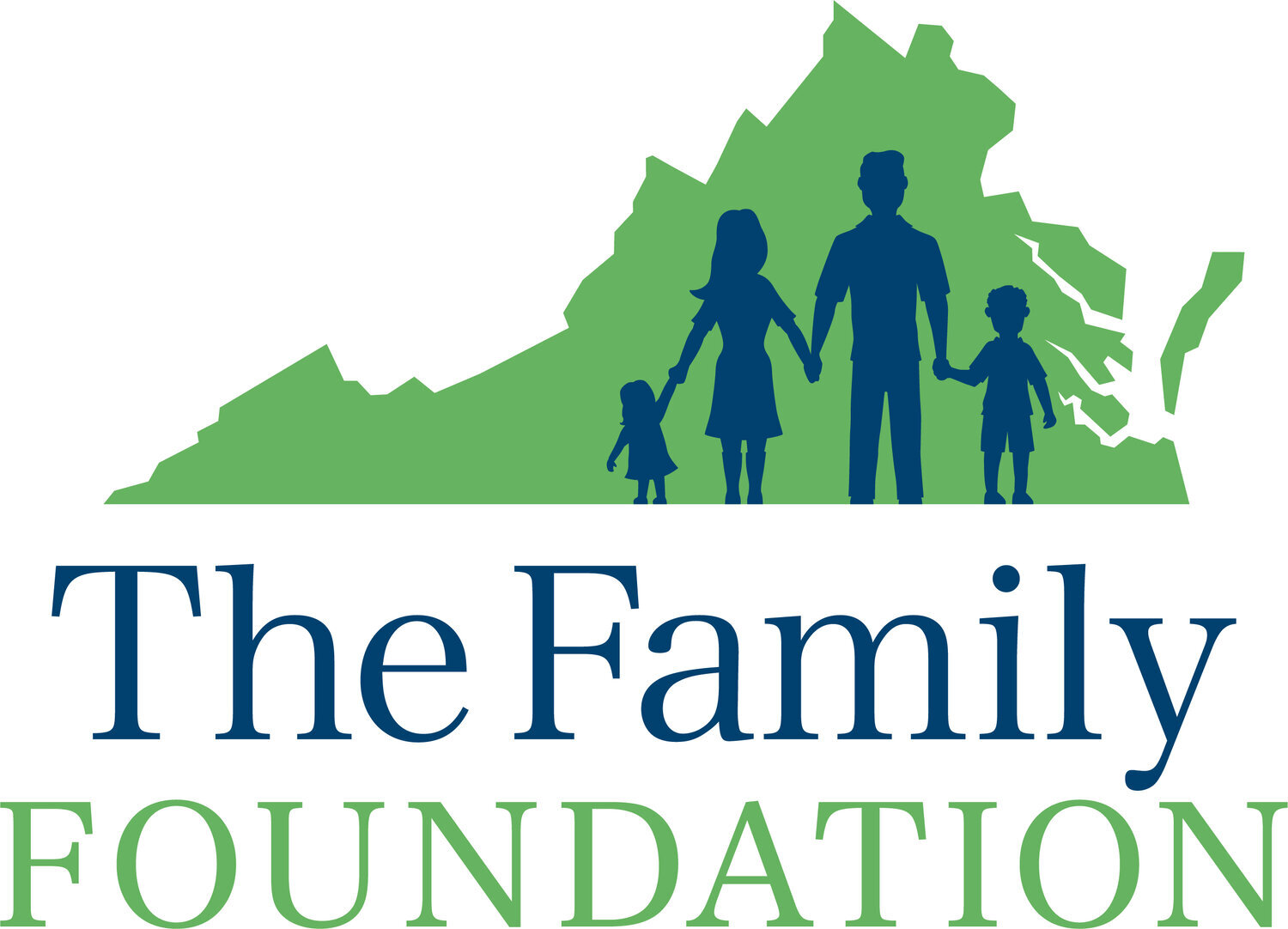School Choice vs. Housing Choice
If the government finds it acceptable to allow vouchers for housing to help low-income people escape unsafe neighborhoods, wouldn’t the same logic apply to school vouchers which allow students and families escape unsafe and failing school systems for an education environment that best meets their needs?
The U.S. The Department of Housing and Urban Development offers a housing choice program for low-income families. According to their description, “The housing choice voucher program is the federal government's major program for assisting very low-income families, the elderly, and the disabled to afford decent, safe, and sanitary housing in the private market.” In other words, qualified families are now able to receive public funds to live in safer, cleaner and nicer homes.
This raises the question of priorities: Is there a reason the government helps homeowners out of rough neighborhoods, but not students out of rough schools? Our children are the future, and the policies the U.S. government puts in place should reflect their best interests, particularly in education.
The current education system prioritizes public schools first and their students last. This backwards notion of education is injuring parents and students alike. In the current system, money is funneled into public institutions, which students attend “free of charge.” Unfortunately, this system is a one-size-fits-all solution to what’s really a case-by-case problem.
All children have different education and developmental needs, and each form of schooling has different accommodations to offer. For example, lower income students are at a disproportionate loss because their schools are outdated and underfunded. Many advanced children in these poor communities are being overlooked in public institutions because their parents cannot afford to pay private school tuition. To avoid leaving children behind, public school classrooms are forced to move at the pace of the more moderate learning students, including the more advanced learning students.
The parents of private school children are also impacted because not only are they bearing the burden of middle or high school tuition payments, but they are also funding the public schools through their tax dollars which don’t offer them any education options. Additionally, many special-needs children learn more effectively in a less stimulating environment, which is simply unfeasible in a class size of over twenty students, the average in the state of Virginia.
Tired, stressed, or bored. These are the three words students typically use to describe their time in the classroom. This should be an indicator that needs are not being satisfied. In 2022, 50% of students in public school were behind due to Covid learning regulations, and it has had immense consequences in reading, writing, and math scores nation-wide. Single-option education programs assume that all children have the same strengths, which is fundamentally untrue. Much like Albert Einstein once said, “Everybody is a genius. But if you judge a fish by its ability to climb a tree, it will live its whole life believing that it’s stupid.” Only offering financial help to public school students incentivizes groupthink, not academic achievement. The purpose of school choice is to bridge the gap between each child and a proper education that is suitable to them and their parents.
Again, if parents can access vouchers to move from a failing community, shouldn't the state also offer them the opportunity to move their child from a failing school to one that offers more education opportunities? Our government should be consistent.
(Written by Naomi Knakal, 2024 Policy Intern)
